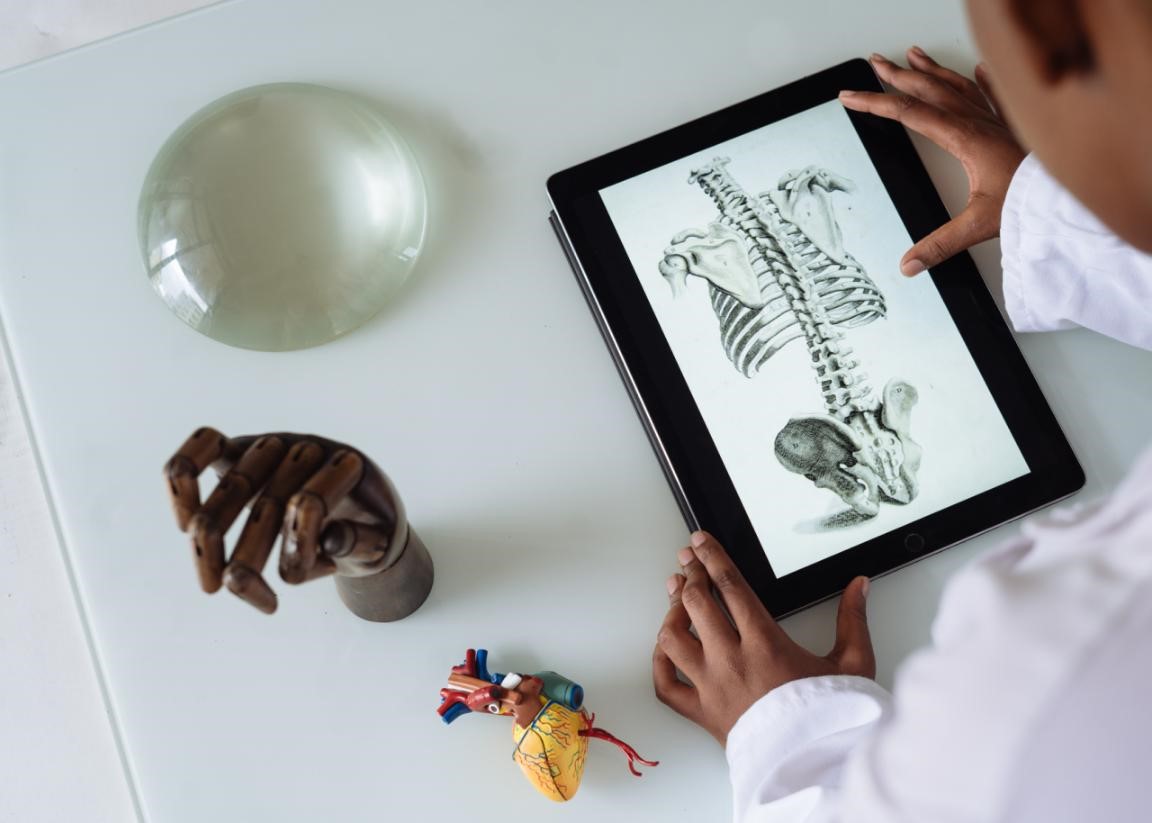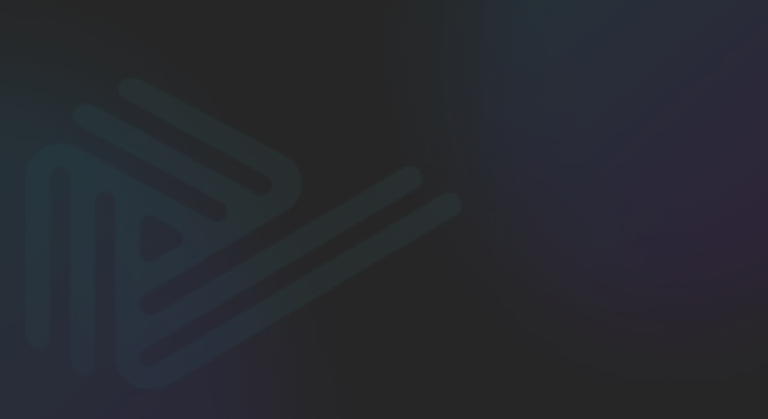
Since the COVID-19 pandemic, the medical world has never been the same. This health crisis has disrupted the practices and learning methods of healthcare workers across the globe. Health workers have accommodated new protocols in hospitals, while students who are training for their careers in healthcare are adapting to modern learning methods.
In Canada, like many countries suffering from lack of PPE and wanting to limit the number of people in the hospitals, medical schools have refrained from giving medical students access to clinical rotations, procedures, and patient interactions since the pandemic started. This has challenged different educational institutions to be more innovative in providing the best training for healthcare practitioners. Lots of schools have started to use different technologies so that their students can learn clinical skills remotely. Though some of these innovations had disrupted healthcare long before the pandemic started, the pandemic is certainly making them a lot more essential now.
Remote Learning
Remote learning has made school more accessible to plenty of aspiring healthcare workers. These programs help students wanting to enter the healthcare industry to overcome geographical barriers and schedule limitations. They can also be very cost-effective that allow different individuals to benefit from learning at a self-directed pace.
However, e-learning and online education is not particularly new when it comes to the healthcare sector. If you look at nurses, you’ll find plenty who’ve obtained some part of their training online. Online nursing degrees have been popular for quite some time, particularly programs that help RNs acquire a BSN in a completely remote setup. Online degrees help healthcare practitioners like registered nurses to qualify for a wider range of jobs in the field, specifically those that are in greater demand because of technology. Although online healthcare students still need in-person clinical training, the growing popularity and accessibility of remote learning programs help students acquire key medical information and skills at their own pace.
As the demand for healthcare workers continue to rise, these types of programs break down the barriers that prevent interested individuals from pursuing their desires of joining the medical field. Plus, it allows healthcare students to continue their education online, even when there are pandemics or weather disturbances, such as hurricanes or snowstorms. Students and educators will not lose precious time in their training, knowing that they can easily access their learning materials.
Gamification
Medical educational games allow students to have fun while refining their skills and knowledge. These games can come in the form of online quizzes where they can test their clinical knowledge or simulation games where they can practice their medical skills.
Gamification is a unique learning method that allows learners to navigate complex medical systems through different game elements. These games can expose them to different patient scenarios that will allow them to reflect and to learn from their actions in a low-stakes environment. Healthcare simulation games, for example, can replicate patient scenarios through realistic graphics so that clinical students can practice their competency in managing diseases at various stage levels. Furthermore, these video games can also be equipped with guided instructions from clinical educators and performance feedbacks through progress bars and game scores to improve and measure the students’ knowledge and skills. Multiplayer clinical games can also serve as an opportunity to improve their problem-solving and teamwork skills, which healthcare professionals sorely need in an actual clinical environment.
Robotics
In medical schools, robots have been programmed to perform different functions as learning aids. These robots can be specifically designed for robotic surgery, procedure simulation, and even for task training to improve the students’ clinical skills and knowledge.
Several robots are also being programmed to become patient mannequins for students who are doing their surgical training. The robots allow students to familiarise themselves with human anatomy and to refine their skills in surgical procedures, which can reduce the risk of errors on the operating table. On the other hand, simulation mannequins can imitate vital signs and other body functions so that clinical students can practice diagnostic techniques and treatments with the use of various medical equipment. To widen the students’ patient experience, simulation mannequins can be formed with diverse physiques that mimic various age groups or body frames. Finally, task trainers are robotic models that are designed for practising certain clinical instructions on a specific organ system. Task trainers are often utilized for in-depth education on anatomical landmarks and clinical procedures for a specific body system.
Virtual Reality/Augmented Reality Learning
Virtual simulation has proven to be an effective teaching method because it enhances remote learning by replicating medical procedures. The integration of Virtual Reality or Augmented Reality in learning programs helps future healthcare professions learn various procedures and practice their clinical decision-making skills in a virtual setting.
Educational classes that integrate Virtual Reality or Augmented Reality are beneficial for students who need to learn complex procedures, such as surgeries. Our product, PeriopSim, simulates different surgical cases that will assess important competencies, such as instrument recognition and how to master various procedures. These types of programs help learners practice skills and procedures that are necessary in face-to-face patient interactions. They can practice safely many times before working live on a patient procedure. The more adept they are at different procedures, making diagnoses, and understanding human anatomy means they can reduce the amount of risk for patients and providers alike. In healthcare, repetition is the key to perfection — and innovative technologies like VR and AR ensure that they get the right amount of training with real stakes involved.
Remote learning, games, robotics, and mixed realities are just some of the modern solutions that enhance the learning experience of medical students and healthcare practitioners. These technological learning methods are important solutions that help individuals attain their goal of becoming a functional and reliable part of the healthcare system.
Written by Astrid Thea Elliott
Exclusive for conquerexperience.com



